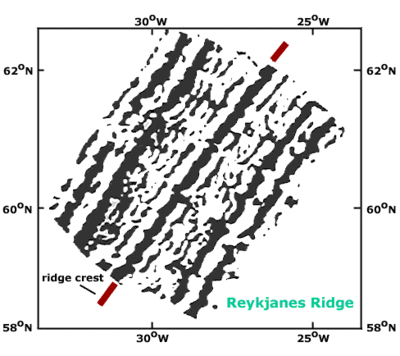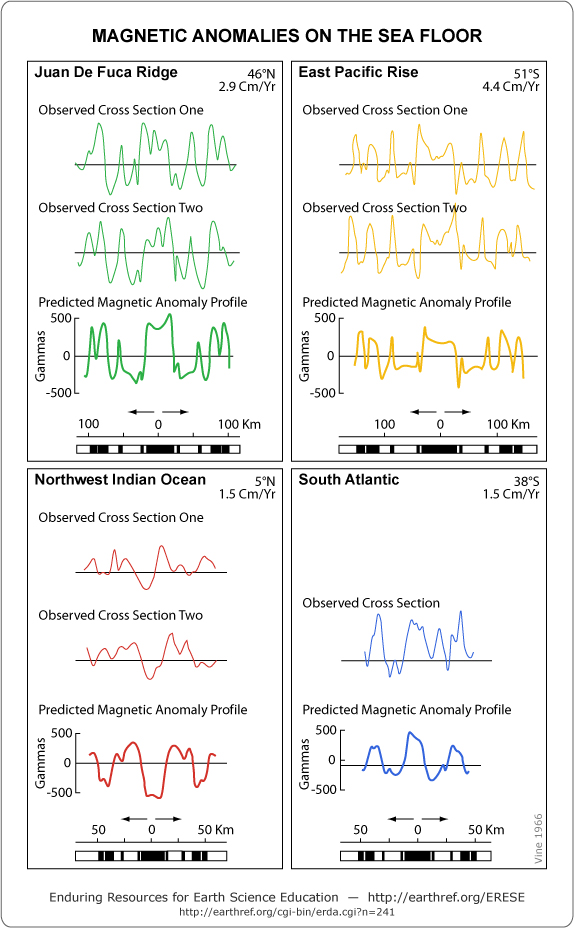Your claim isn't "obviously correct" which is why experts on this matter virtually all disagree with you. I'm absolutely astounded that you are still trying to defend this risible claim.
Lodestones are naturally forming magnets, they have a North and South pole, and they generate a magnetic field around them, to which magnetic materials (like iron) respond. Lodestones are quite rare in nature. I'm not aware of any significant source of lodestones on the seafloor. Your assertion is that within the bands themselves there is an attractive and repelling force, and thus it dictates the orientation of adjacent bands. This is simply not true.
But lets for the sake of argument say the seafloor was littered with lodestone granules (it's not). Firstly they would not orientate into neat parallel bands, assuming the lodestones are round, they would clump together radially. Secondly, the clumping would be twice as wide as the granules themselves. You wouldn't get several kilometers of uniform polarity,
NNNNNNNNN, or
SSSSSSSS, instead you'd get something like
NSNSNSNS. Thirdly, you only get the striping or banding because of the cooling magma of seafloor spreading.
The iron particles can only orientate themselves when the rock is molten and the particles relatively free to move. Once the rock cools they can no longer move. Any sort of magnet or lodestone subject to this process would melt losing it's properties to attract and repel.




